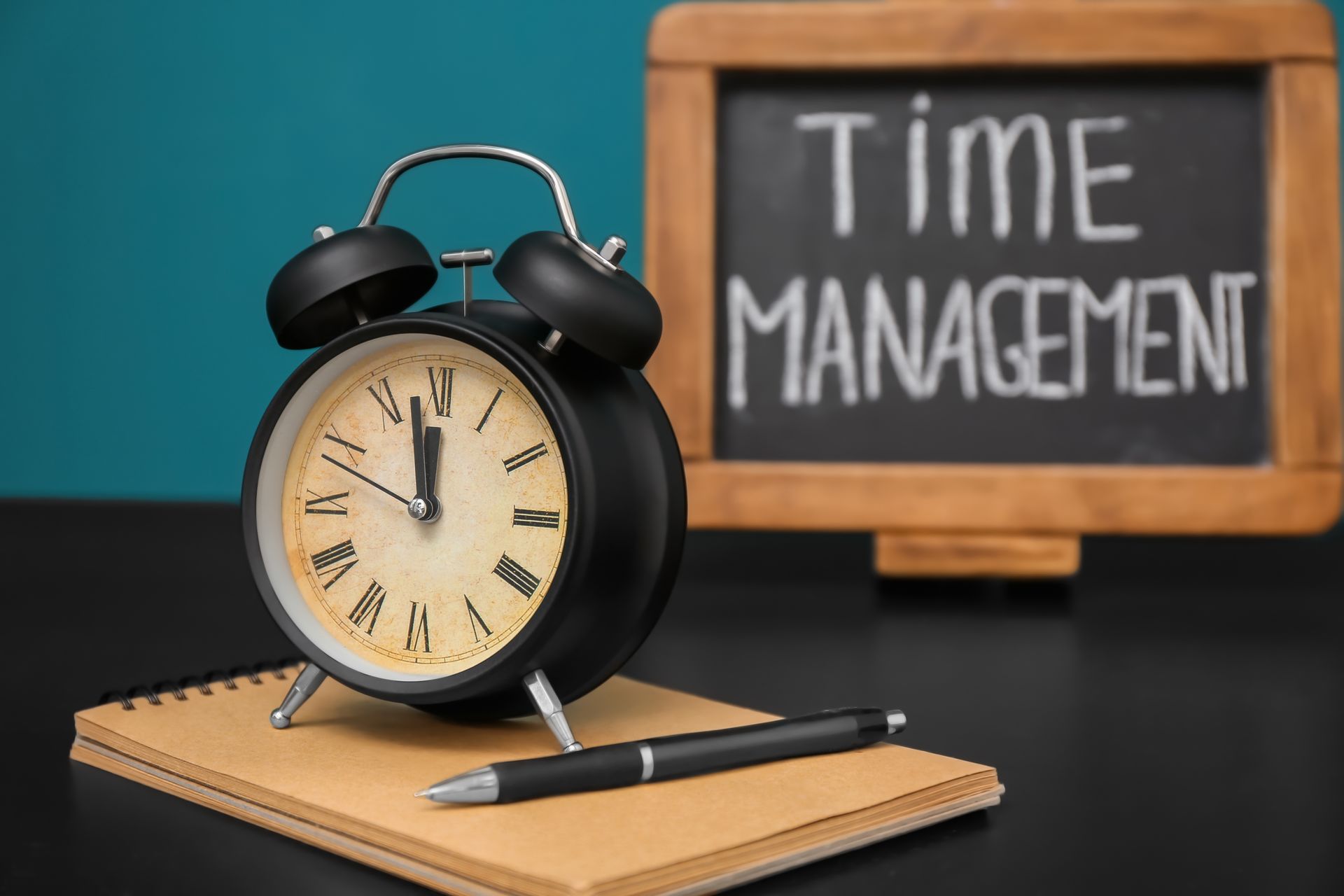The Body Needs Movement and More
Why we get so little, and where to find motivation…

People today move less than ever before. The decline has been swift: In just under two generations, physical activity has fallen 20 percent in the United Kingdom and more than 30 percent in the United States, according to one report. In China, physical activity has dropped nearly 50 percent in less than one generation.
The trend is costing us in dollars and disease. According to a 2018 report in the Journal of the American Medicine Association, the lack of physical activity in the United States alone is linked to $117 billion in annual health care costs.
The science is clear: When we don’t get enough activity, our bodies break down, resulting in a loss of bone density, stiffer joints, and weaker muscles. Organ function declines, and our cells produce less energy. The more we stagnate, the more we’re prone to injury, exhaustion, and chronic illness.
Move more, and your body gets healthier. Exercise has been shown to reduce stress, as well as improve mood and mental acuity, not to mention giving us a fitter and more functional physique.
The quality of our lives improves with exercise, and so does our longevity. A recently published study from the Cleveland Clinic looked at more than 122,000 patients for 23 years and found a strong correlation between higher physical activity levels and longer life.
We all know we should be moving more. So what’s holding us back? Why do only about 20 percent of Americans meet the minimum daily physical activity requirements that experts say we need to stay healthy?
The most common reason is a lack of time. For our ancestors, physical activity was baked into their day. The demands of life forced them to stay active. Today, as cars and trains carry us back and forth to mostly sedentary jobs, our physical demands are minimal, yet our time to pursue exercise is scarce.
Certified personal trainer and fitness instructor Sylvia Nasser says that modern life pulls us in so many directions—our jobs, our families, and even our social media—that exercise becomes an inconvenient chore that we lack the time or energy to meet.
“People’s energies are just not there,” Nasser said. “They are so stressed and overcommitted, so food and drinking become their comfort.”
Time may be tight, but ignoring the body’s need for movement is a foolish scheduling strategy. If we don’t make activity a priority, we actually lose time and efficiency in the long run. Our bodies become less able to meet the demands of life, and we develop a higher risk for cardiovascular disease, Type 2 diabetes, cognitive decline, cancer, and early death.
“Lack of exercise literally brings on the deterioration of the body, the mind, and the mood,” Nasser said. “If people exercised more, they’d be more creative, efficient, and productive in their jobs.”
So how do we juggle a long commute, longer work hours, and the rest of our busy lives both on and offline while still finding time to exercise? Meghan Lyle, a registered dietitian, nutritionist, and personal wellness coach, knows it’s tough to fit activity into our day. So she recommends finding ways to make it personal. For inspiration, Lyle encourages us to “look far and look inside.”
“By ‘look far,’ I mean look far ahead in the distance to envision what you want to be doing and experiencing in the decades at the end of your life,” she said. “What will exercise change about that experience? Being more fit and healthy will probably have far-reaching impacts, no matter how you want to spend your later years.”
By looking inside, Lyle means becoming mindful of what exercise does for you in the moment. When you finish a good workout, consider how you feel.
“How’s your mood? Do you feel empowered and accomplished? Do you have more energy? Remembering this feeling could motivate you for next time,” she said.
Small Effort, Big Impact
Once you’re ready to take on some exercise, experts stress starting small. Lyle recommends little things such as taking the stairs instead of the elevator or finding a parking spot a little further from the store. For the next step, try fitting in a 10-minute walk, or simple exercises at home.
“You don’t need a full home gym,” said Lyle. “Many resistance exercises require only body weight, like planking.”
People who have been sedentary for years may have to start really slow. But you have to start somewhere. Lori Zabka, a certified personal trainer and nutritional coach, says that even if it seems like we have little time (or energy) to spare, we can turn things around by seizing the moment.
We may not see a point in exercising unless we have a full 45 minutes or more to devote to it. While an extended period of activity is great, Zabka urges us to drop the all-or-nothing mentality and accept the fact that a few moments devoted to movement can still have value.
For example, instead of scrolling through your phone or flipping through channels, try getting up and walking around, or do some light stretching. These simple gestures can start a positive cycle. The more you move, the more your body starts to crave movement.
“I truly believe that energy begets energy, and movement begets movement,” Zabka said. “You don’t even need to break a sweat. Just move that body.”
Just adding a little extra exercise to our day can have a profound effect on our future health. It may also positively impact the health of the next generation.
In a 2018 study published online in the journal Diabetes, researchers concluded that parents who started exercising could prevent obesity and diabetes from being passed to their children. The study looked at male mice who began a moderate exercise routine just three weeks prior to conception. Their offspring were born with better glucose metabolism and increased insulin sensitivity compared to mice sired from sedentary dads.
Kristin Stanford, assistant professor of physiology and cell biology at The Ohio State University Wexner Medical Center who led the study, previously witnessed similar results of improved metabolism with female mice who exercised before conception. However, the physical activity of each parent also brought different benefits to the table. Active moms gave birth to children with better liver function, and active dads saw offspring with better skeletal muscle function. These results were seen in both male and female offspring.
Based on the results of her study, Stanford believes it wouldn’t take much extra activity for human parents-to-be to make a major difference in their child’s well-being.
“Exercise is just incredibly important for both your short-term and health and the long-term health of your children,” Stanford said. “It doesn’t have to be running a marathon. It’s just about getting off the couch and doing something. Anything seems to make a difference.”
Find Your Motivation
Regular exercise is like a health insurance policy. But instead of paying for it with money, we shell out time and effort.
Greg Pignataro, a certified strength and conditioning specialist, explains that the state of our health owes to something called the SAID principle. SAID stands for specific adaptation to imposed demands. It’s a fancy way of saying that the body adjusts to the level of activity it’s asked to perform.
If we run, jump, and lift weights, our bodies develop strength and endurance to adapt to physical stress.
“The human body is very much a use-it-or-lose-it machine,” Pignataro said. “This works in people’s favor when they regularly exercise because they are routinely asking their bodies to be able to do things that are more challenging than normal activities of daily living.”
However, you spend most of your day sitting, your body adjusts accordingly. You might not notice these problematic adaptations until you have to do something a little more strenuous.
“In this case, you are much more likely to injure yourself while carrying heavy grocery bags or doing yard work,” Pignataro said.
Some benefits of exercise are immediate—one great workout can noticeably brighten your mood and lift your spirits. But a lot of the payback we get from physical activity takes time to emerge. Muscles can take months to grow; fat can take years to lose. And in a world of instant gratification, not everyone is prepared to wait.
Jeanette DePatie, a self-described plus-sized certified fitness instructor and regular exerciser for 30 years, says people can lose their motivation because the results they’re hoping for don’t come as fast as they would like.
“So often we mess people up with unrealistic expectations about how exercise will make them look,” DePatie said. “And what happens when after six months of your brutal ‘look like Angelina Jolie by summer’ plan you still look like Angela Lansbury?”
To help avoid this pitfall, Courtney Donaldson, owner of One Fit Mom Fitness, advises her clients to ditch the scale. She says that many people get frustrated after a few weeks at the gym because their weight stays the same, and that’s when they give up on their fitness journey.
We all want to see results from our hard work, but Donaldson recommends following other indicators to measure your progress, such as your energy levels and sleep patterns.
“Sure, weight loss is a big motivator for most people, but there is so much more to this lifestyle,” Donaldson said. “The internal benefits of exercising far outweigh anything, in my opinion.”
Stacey Rosenfeld, doctor of psychology and fitness professional, says regular exercise can enhance our self-esteem, help us to feel strong and empowered, and give us a sense of mastery.
But Rosenfeld says people are often resistant to exercise because they aren’t approaching it intuitively.
“They’re forcing themselves to do activities they don’t want to do. Not surprisingly, motivation is low, and the behavior isn’t sustainable,” she said. “If the gym isn’t your thing, why go? Find what is your thing.”
According to Rosenfeld, the best way to start is to find an activity (or activities) that you truly enjoy. This might be gardening, a dance class, or perhaps roller skating. Find something that you can do again and again. Next, create a sustainable routine. Once you’re going strong, remember to allow yourself days to rest so you don’t burn out.
Another tip toward a sustainable exercise routine is to be realistic. Know your limits, and don’t set yourself up for failure.
“If you don’t think you’re going to get up at 5 a.m. to exercise before work, don’t set that goal,” Rosenfeld said. “Find a way to incorporate movement into your schedule in a way that feels reasonable.”
Full credit for this article goes to Conan Miller and The Epoch Times
Coach Doug's Blog


